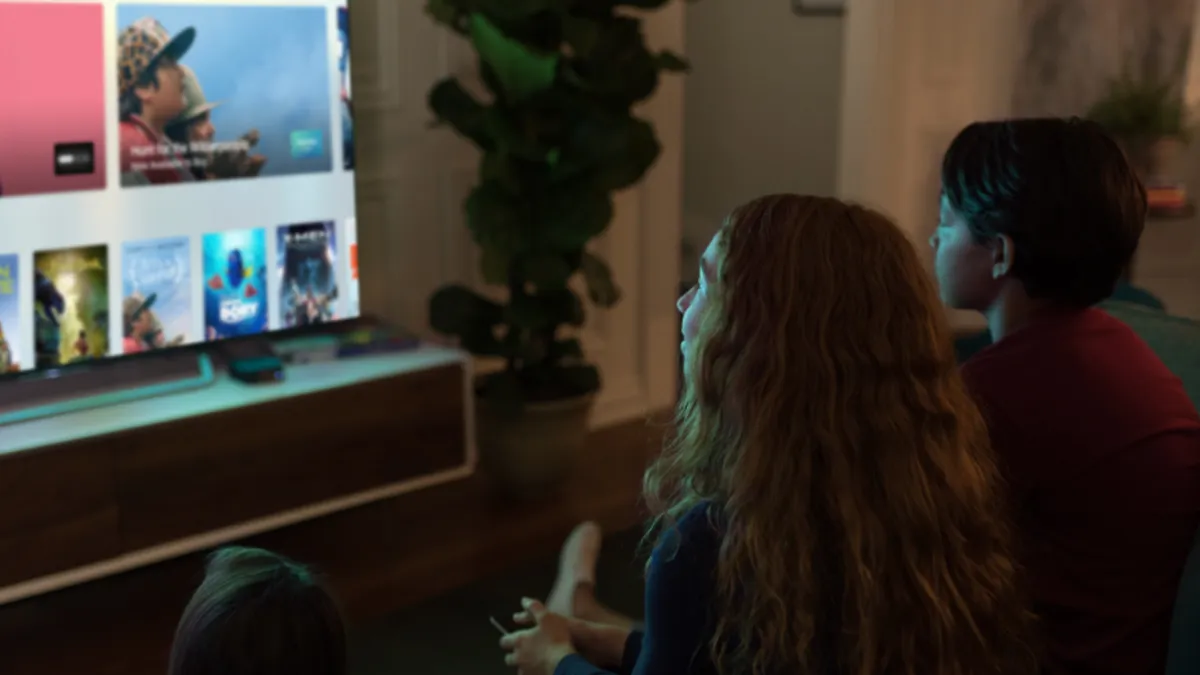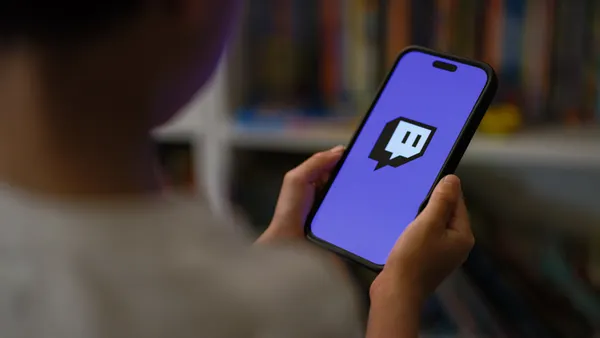Dive Brief:
- Forty percent of millennials prefer watching their favorite TV programming live, and 29% try to watch their favorite YouTube shows on the same day that they’re posted, according to a new Video Advertising Bureau (VAB) study cited in a MediaPost report. The study defined YouTube original shows as those produced by established personalities and available only on YouTube.
- Millennials also experienced a wider range of emotions from TV content than other adults, according to the study. They reported that TV shows caused more emotional response than YouTube shows, causing them to “laugh out loud,” “get angry or upset” or cry.
- The relationship that millennials have with their favorite TV shows can influence their purchasing decisions. Forty percent reported purchasing a product shown or featured in a TV show compared to 40% of adults, and 43% of millennials said they have purchased a product that they saw while watching TV compared to 25% of all adults. Forty-three percent of millennials have eaten at a restaurant because it or its chef was on a TV show, and 40% have visited a location or vacationed at a destination after seeing it featured on a show.
Dive Insight:
Millennials have been blamed for eroding all sorts of traditional consumer behaviors, from beer drinking to paper napkins. The VAB study shows that millennials may be giving a boost to TV, as they are a key audience demographic, despite previous research showing that the generation watches less TV than older age groups. Not only are they watching live TV, but millennials are emotionally engaged with ad-supported TV content, and the attachment is fueling their purchasing habits.
The generation’s TV-watching habits should be welcome news for the TV industry, which has seen ad sales drop as marketers have invested more in digital to reach consumers across platforms. TV ad sales dropped 7.8% to $61.8 billion in 2017, one of the steepest declines over the past 20 years, according to Magna Global data released earlier this year. The VAB study could help TV stations bring back some marketers who are focused on millennials, a key purchasing group that is at the stage of starting families and buying first homes.
The VAB research also highlights how millennials are engaging with social media while watching live TV, pointing to an opportunity for marketers to create second screen experiences. More than half of the survey’s respondents said they follow or “like” a TV show, its characters or actors on Facebook or Instagram, and visit Wikipedia to learn more about a show’s topic, actor or character. Nearly half say they share, post or tweet video clips or other content about a TV program, and tweet about or read tweets about TV programs.
YouTube remains popular with millennials, who use the platform to watch content from their favorite shows and to comment or post about the programs. The effort that millennials make to watch every episode of their favorite shows on TV or YouTube is fairly equal, according to the report.













